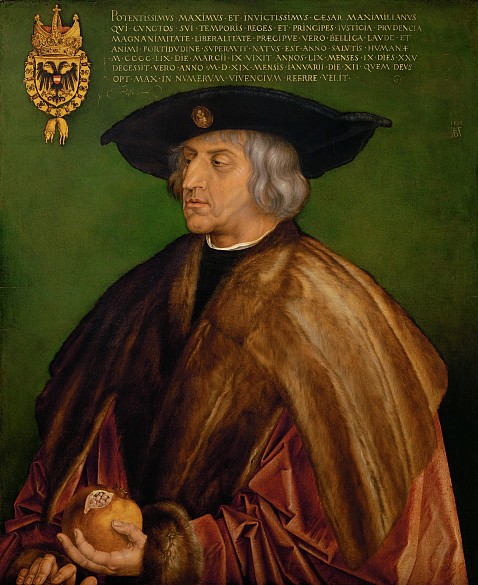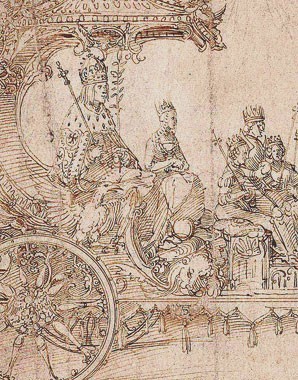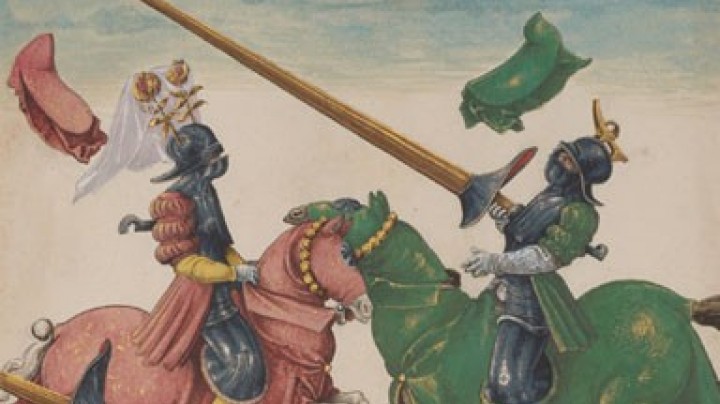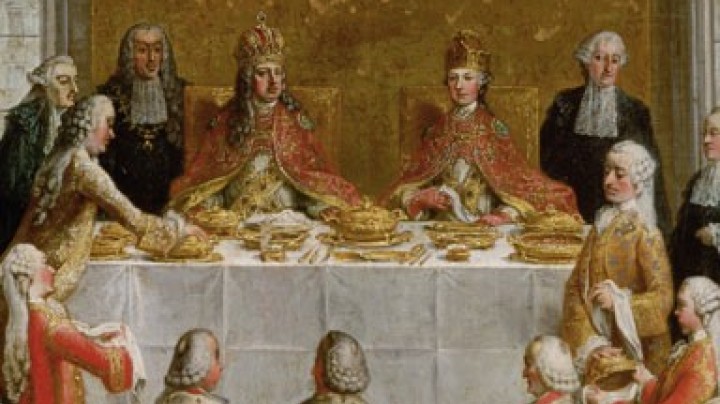The importance of art and artists for the Habsburgs
While craftsmen were already active at the Habsburg courts in the Middle Ages, there was as yet no specific system of patronage. This was to change with the reign of Maximilian I.
In the sixteenth century, patronage of the arts and the collecting of art objects were part of the new image of cultivated and educated princes that had emerged in Italy, informed by the ideas of the Renaissance. From then on, the power, wealth, education and standing of a dynasty would be expressed in its patronage of art and science. Commissioning and collecting works of art became a matter of prestige by means of which rulers displayed their standing. The most important ruler had to demonstrate that he was also an outstanding patron. Art was thus accorded high status at the princely courts of the late sixteenth and early seventeenth century. The imperial residence of Rudolf II at Prague corresponded to this ideal of the ‘court as Muse’. The ruler himself was expected to have an educated knowledge of the arts and to try his hand at them himself. Many Habsburgs had artistic leanings or were proficient craftsmen – Rudolf II painted while Archduke Charles II of Inner Austria had a gift for woodwork.
A position as court artist brought with it a fairly secure income and any amount of prestige. The artists employed at court were part of court society and enjoyed remarkable freedoms, especially considering that these were times when religious intolerance was rife. From the sixteenth century onward a new appreciation of artists among the Habsburgs begins to emerge. For a long time masters such as Albrecht Dürer had complained about the disdain in which artists were held in their own country. However, Maximilian I is alleged to have ordered a nobleman to kneel down before Albrecht Dürer for him to stand on his back, thus enabling the artist to finish off a mural.

















